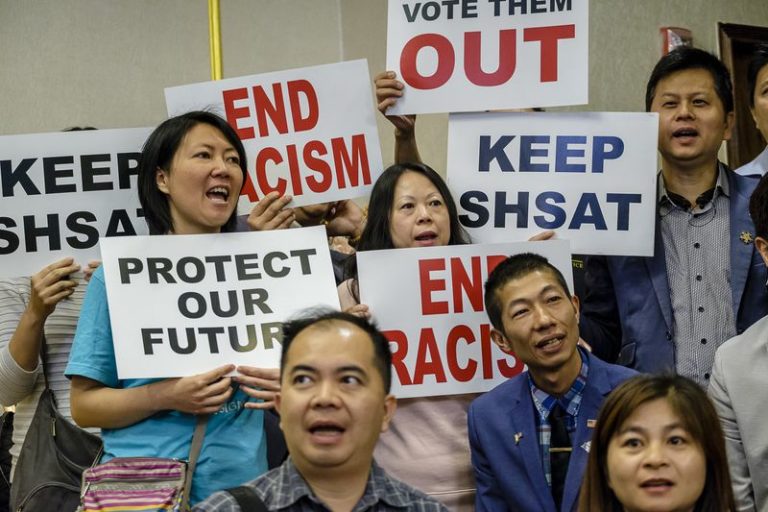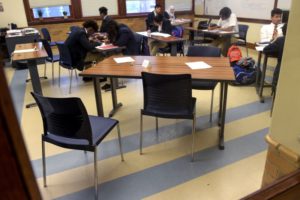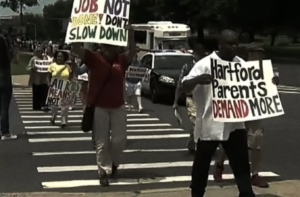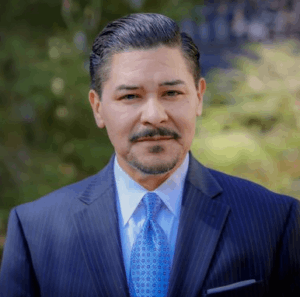New York Daily News: The right way to honor the legacy of Brown v. Board

Sixty-five years ago today, the U.S. Supreme Court issued its landmark decision in Brown v. Board of Education of Topeka. The court held that segregation in schools violated the Equal Protection Clause of the Fourteenth Amendment and ordered school districts to admit students on a non-racial basis.
In so doing, the court adopted the views of the students, who argued that the “Fourteenth Amendment prevents states from according differential treatment on the basis of their color or race.” That historic decision would have national implications in the years that followed, as the shameful era of official segregation in public facilities came to an end.
Since then, the United States has made tremendous progress at striving to fulfill the promise of the Brown decision. Yet even today, much work remains in ensuring fairness in educational opportunities, as government discrimination in schools persists in cities across the United States.
Today’s discrimination hides behind pleas for equity and racial justice, but the end result is the same as traditional segregation: educational opportunities are being denied to deserving students based on their skin color and ethnic background.
That’s happening right here in New York City. Consider the example of Yi Fang Chen, a native of China who came to the United States in 1996 to provide a better future for her children. Although she arrived speaking little English, she earned a doctorate from Stanford. Now working as a data scientist in Manhattan, Chen hopes her son will be able to obtain a top-tier education.
New York’s specialized high schools provide just that path, with schools like Stuyvesant and Bronx Science having produced numerous Nobel laureates. Yet Mayor de Blasio recently changed admissions policies in an effort to re-engineer the racial balance of the specialized high schools. The ultimate effect of de Blasio’s scheme, however, would be to lock low-income Asian students out of these specialized high schools.
To Chen, her son’s opportunity to obtain a world-class education embodies the American dream. But for de Blasio, the fact that the racial demographics of the specialized high schools does not track that of New York was a “monumental injustice.” Today Chen, along with other parents, are fighting for their children’s right to equal protection under the law by challenging de Blasio’s admissions scheme.
It’s not just New York. Take Edmund Lee, Jr., and his mother La’Shieka White, of St. Louis. They stood up against a law that prevented Edmund, an African-American student, from having the same educational opportunities afforded to his white neighbors. Missouri law allowed only white and Asian students in the suburbs of St. Louis to attend certain top-tier schools in the city of St. Louis. So, when La’Shieka moved her family from the city to a bigger, safer house in the suburbs, Edmund could no longer attend the school where he was beloved by his peers and teachers — only because he was black.
It doesn’t take a lawyer to know the Missouri law was wrong. And Edmund’s lawsuit against the school resulted in a decision warning charter schools in St. Louis that courts would not excuse the schools’ discrimination.
A similar battle over the promise of Brown is being waged in Hartford, Conn., where seven black and Hispanic families are fighting to strike down a racial quota that governs admissions to the city’s system of world-class magnet schools. Their children are stuck on waiting lists while seats at these schools remain empty, due to a quota that threatens to cut off funding to schools that fail to reserve 25% of their seats for white and Asian students. It’s yet another case where the intent is to achieve an equitable distribution — yet the end result is educational opportunities being denied to deserving students.
All of the clients in the cases above are being represented at no charge by the Pacific Legal Foundation, but others are fighting this battle alongside us. This is the great promise of Brown that we are working to fulfill: that no one should be denied a better education because of race; that the government treat everyone based on the content of their character, not the color of their skin; and that all citizens are equal under the law. Even today, 65 years after the historic Brown decision, we must continue working to secure that promise for students everywhere.
Fa is an attorney with the Pacific Legal Foundation.
This article was originally published by New York Daily News on May 17, 2019.






